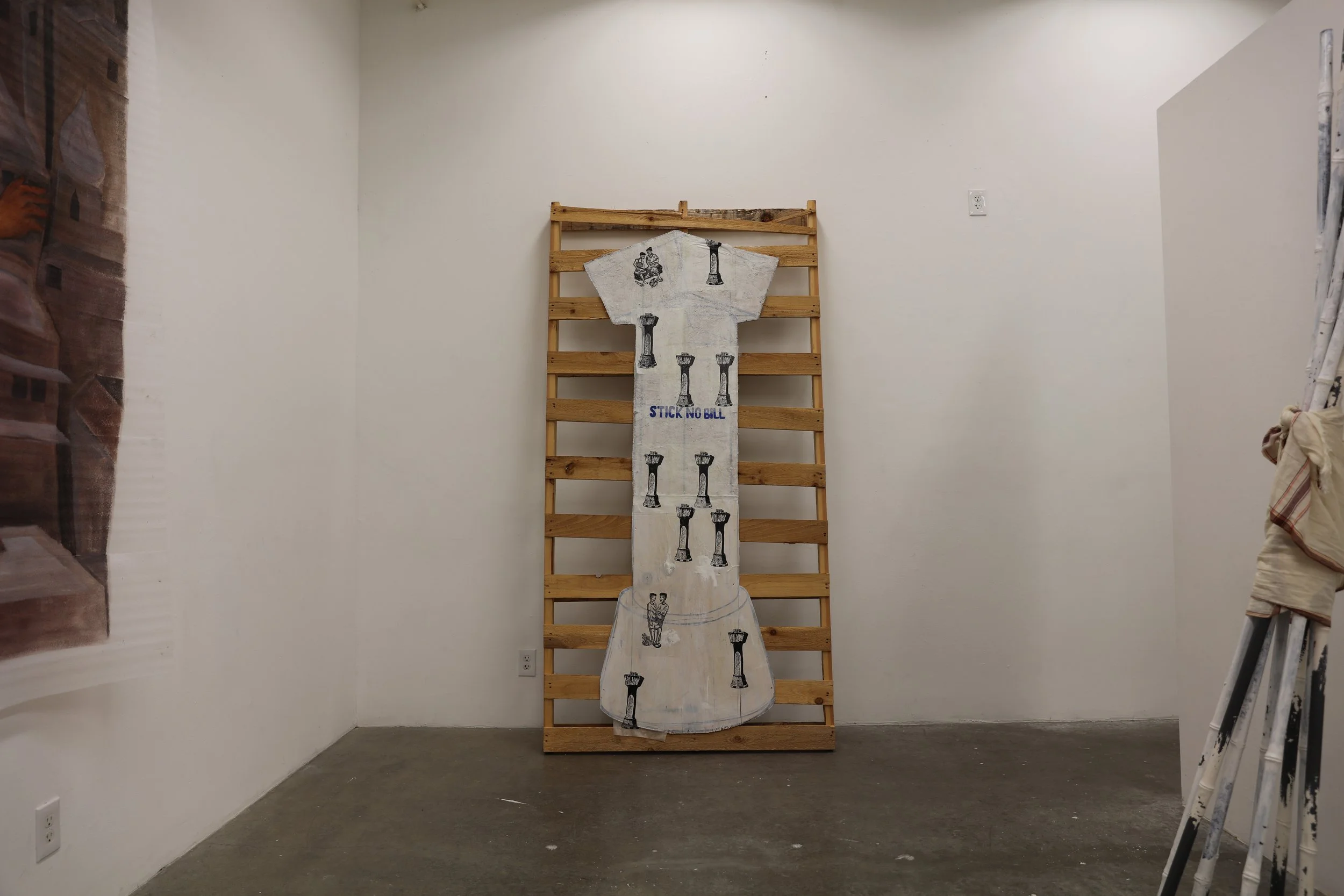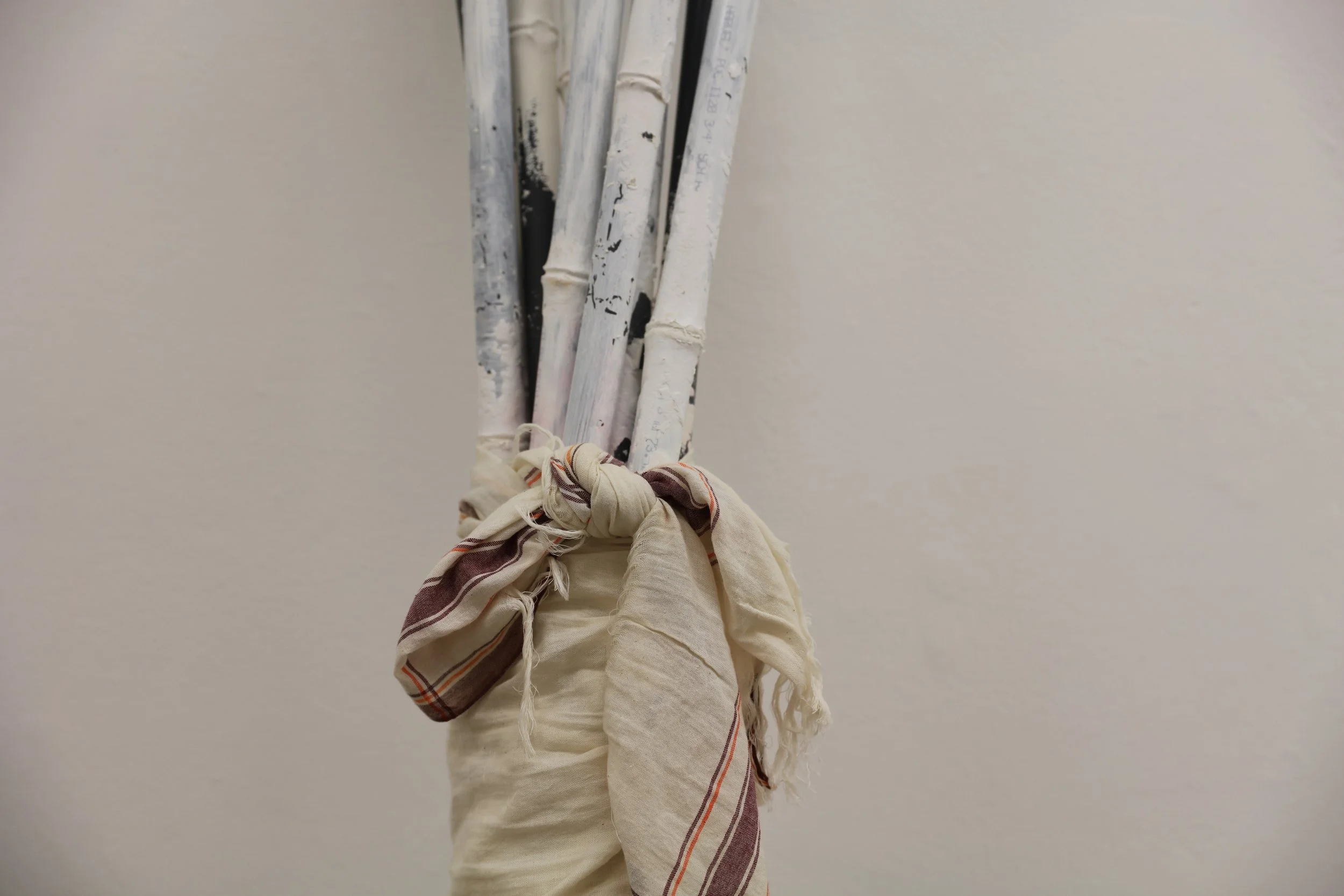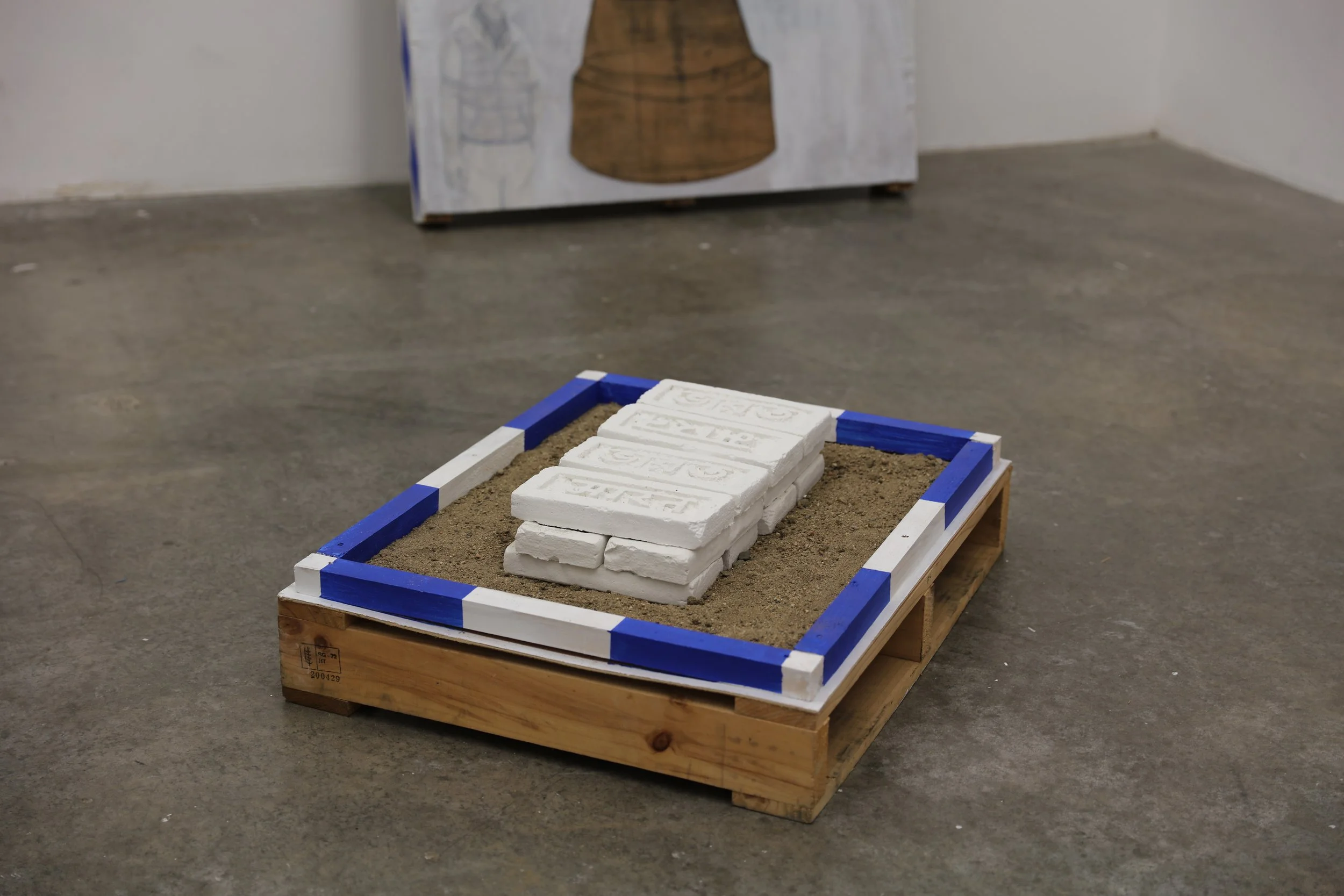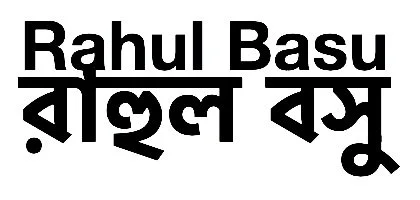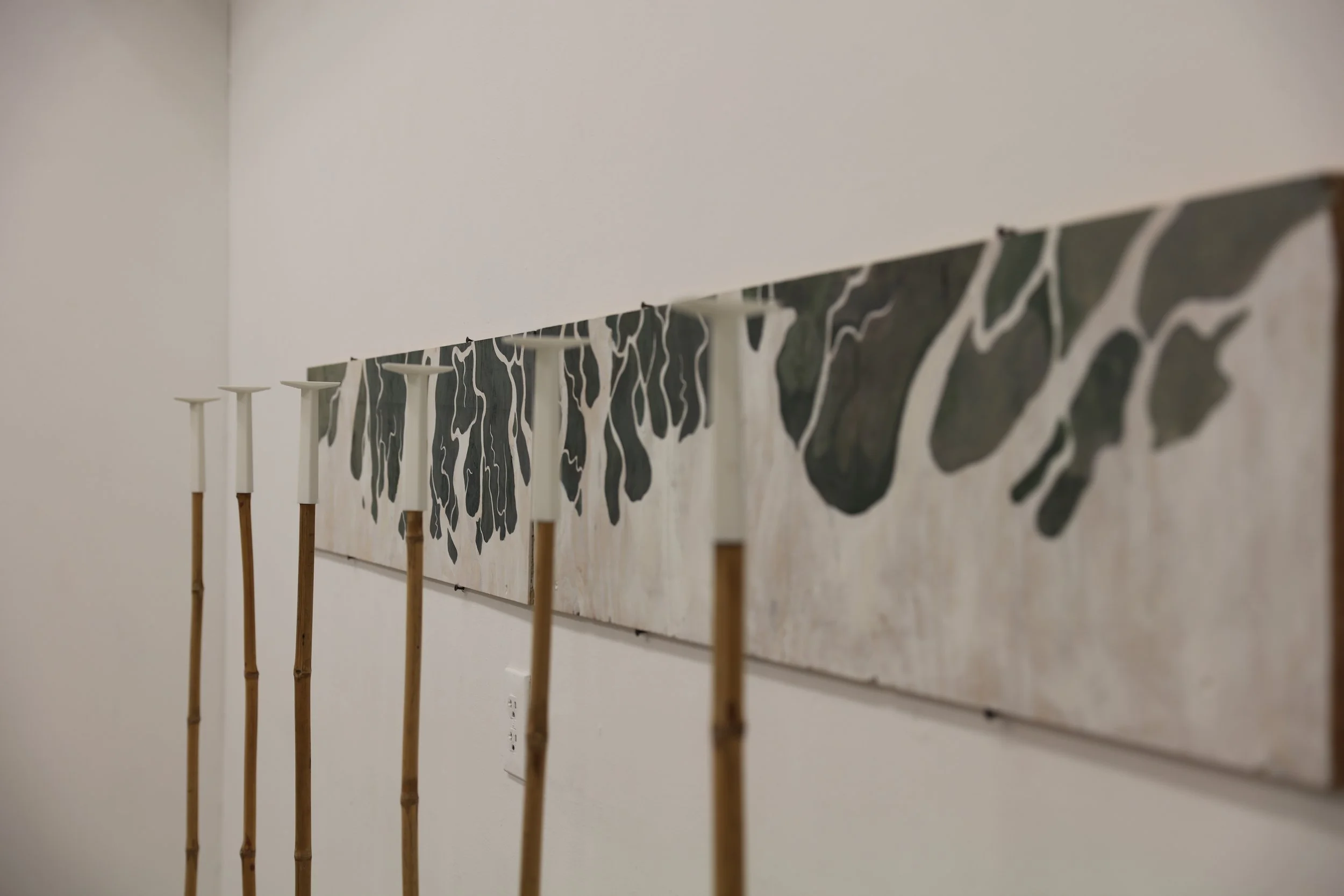
Dichotomies of Success
‘Dichotomies of Success’ is based around the juxtapositions of permanence through infrastructure as well as the instability of the wetland ecosystems upon which Kolkata sits. The experimental work in the show “Untitled; Temporalities of Linearity” attempts to highlight the stark contrast between the physicality of Kolkata's infrastructure and its ever-changing natural landscape, a testament to the city's struggle against its ecological backdrop. Positioned on the world's largest delta, Kolkata's wetland ecosystem symbolizes resilience in the face of urban construction that traces back to British colonisation and the initial blocking out of the city. This ongoing battle not only highlights the environmental challenges faced but also serves as a stark reminder of the land resources we are losing permanently, from our world, and our minds.
Through dynamic sculptural works, I try to create a space where my conceptual practice unfolds. The use of colour, specifically the thematic blue and white of Kolkata, emerges as a crucial element in asking what the effects of being caged by built infrastructure are, and what the effects of constant capitalist propaganda are. I look to in a way transport the viewer to an abstracted space that holds their consciousness within this charged, reflective space.
By leveraging the symbolism of bamboo scaffolding and structures such as pillars and bridges etc., I invite viewers into a contemplative space where the constructs of urban development are both questioned and critiqued, urging a collective introspection on the paths we choose for the future of our cities and, ultimately, our planet. So many of the structures built to support growth are massive, oppressive structures which are made as a permanent change to the landscape, creating sub-cultures in new navigatable spaces.
Within the show, I focus on the monolithic pillar, as a symbol of the perpetual construction that plagues the city. The pillars themself become a pseudo-spiritual entity which may conjure feelings of authoritarian governance and surveillance within liminal spaces in the gut of the city. Highlighting the link between religion and politics. Two pillars stand opposite each other, mimicking the repetitive, interlinked nature of bridge pillars and also as a reminder that all things are interconnected within the vast chaos of physical and metaphysical systems and cycles which exist amongst contemporary cultures. There is also a sense of oppression created by being between the pillars, a sense of being beneath. I call to question structures of class and caste which still stand strong across modern society.
The floor sculpture, “ইট ভরা খাঁচা ” (cage full of bricks), stands between the two pillars, along the the longest side of the room. A stack of bricks with ‘Bharat’ (India) written across them, a common brick design in Bengal, sits atop a bed of sand and dirt, caged by blue and white stripes of a recovered shipping palette partially painted white. This work was developed experimentally through my interest in the fabrication of bricks, bamboo and other building materials. I initially carved the bricks out of styrofoam blocks which I found from the university waste. I had a strong urge to turn these blocks into bricks. The bricks used in the piece are cast with plaster after creating a mould from the styrofoam brick. The details of the styrofoam can still be seen on the surface of the plaster brick. The mimicry and deception of the surface are called to question in both this work and “বাঁশ না থাহোলে;” (If not bamboo;) which leans against the wall nearby. This surface-level altercation is the same as repainting objects blue and white in the act of enveloping, or disguising. Through these connections, I put forth a critique of modern culture where surface-level alterations are enough to signify success.
Contemporary society is steeped in mythologies of success that are both alluring and deceptive. Amongst this, the narrative of the individual becomes an important tool for navigating and dissecting boundless complexities. Working materially, I found myself drawn to the packing foam I have been finding from the waste systems here. The painting “ মন যেখানে ভাসে ” (where the mind floats) represents exhaustion, rest and contemplation. The piece floats over the wall, influenced by the subtle movements of air created by the viewer as they move around the gallery, the physical, material lightness of the packing foam is in conversation with the heavy planks of wood which are used in the other works in the room. The work “ প্রাণ প্রতিষ্টা ” (Invoking life) also utilises a white veil to obstruct the silhouette of a pillar which looms behind the veil. The deification of this structure draws on the psycho-spiritual effects of infrastructure and the act of existence.
My exploration into the dense fabric of urban life, particularly through Kolkata's specificity, has transitioned from a wide-ranging curiosity to a sharpened conceptual focus. This journey has not just refined my thematic interests but has deepened my engagement with the socio-cultural and environmental dynamics at play in contemporary urban sprawl. Rooted in Kolkata's vibrant yet complex urban environment, my work critiques the superficial consumerist sheen overshadowing deeper societal challenges. Through the lens of colour, symbolism and iconography alongside environmental narratives, I offer a multifaceted examination of urban life that calls for a reconsideration of our developmental trajectory. I advocate for a future where urban development aligns with environmental and cultural sustainability. I want to challenge dominant narratives of progress and promote a vision of growth that respects both the planet's ecological boundaries and the diverse experiences of its inhabitants. My artistic practice serves as a conduit for dialogue, urging a collective reflection on our shared, interconnected environmental legacy.

